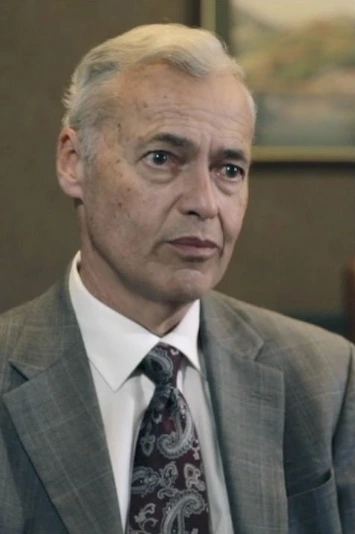Seeking Compensation For Injuries In Tailgating Crashes
In the event of a car accident, those who suffer injuries might question who is at fault. With Connecticut crashes that involve drivers following the vehicles ahead of them too closely, they are usually the liable parties. Those in the car ahead should keep a few factors in mind if they seek compensation for their injuries.
First of all, all drivers must use due care on the road, which includes no tailgating. This means that drivers must maintain a safe distance between the vehicles ahead per their speed and road conditions so that they have time to stop for a sudden event.
Connecticut traffic laws prohibit tailgating, so accident victims could use this violation as proof that the other drivers were at fault. The tailgating drivers could also face separate criminal charges. Essentially, the violation becomes evidence in their civil suit for compensation.
Another option that tailgate crash victims have is tying the other driver’s negligence to the crash. A negligence claim must prove four elements. One is that the driver owed it to the victim to drive responsibly or demonstrate duty of care. The second element is showing that the driver failed this duty by following the victim too closely. Third is proving that the victim suffered injuries as a direct result of this failure. Evidence of the victim’s injuries must be provided, which may include medical records and bills.
Even with these options, it may be hard to prove liability in tailgating accidents. Having eyewitness testimony, crash scene photos and police reports could make the cases stronger. People who have been injured in a rear-end accident that was caused by a negligent driver may want to have an attorney assemble the needed evidence.





 (860) 644-1548
(860) 644-1548



